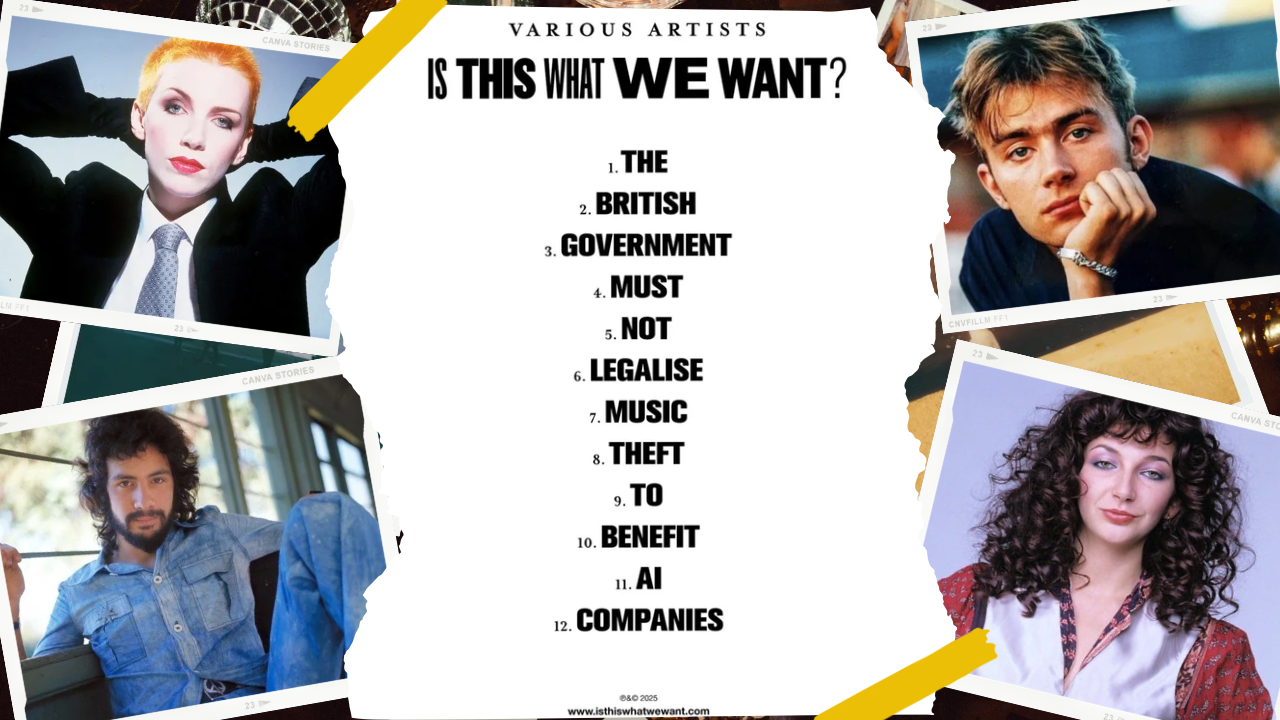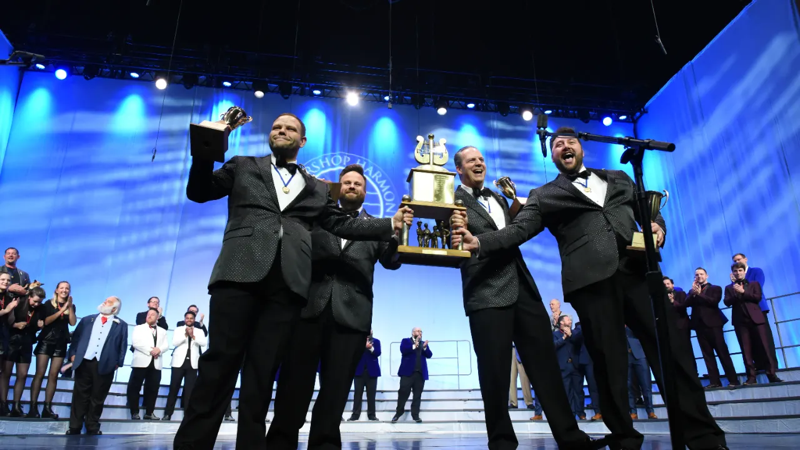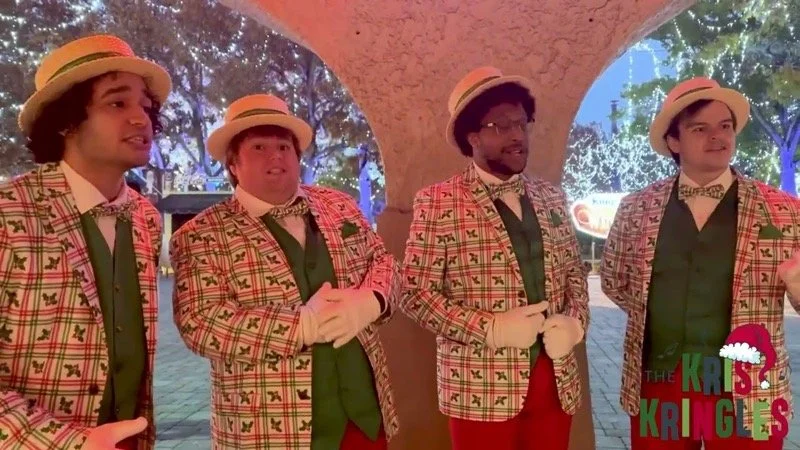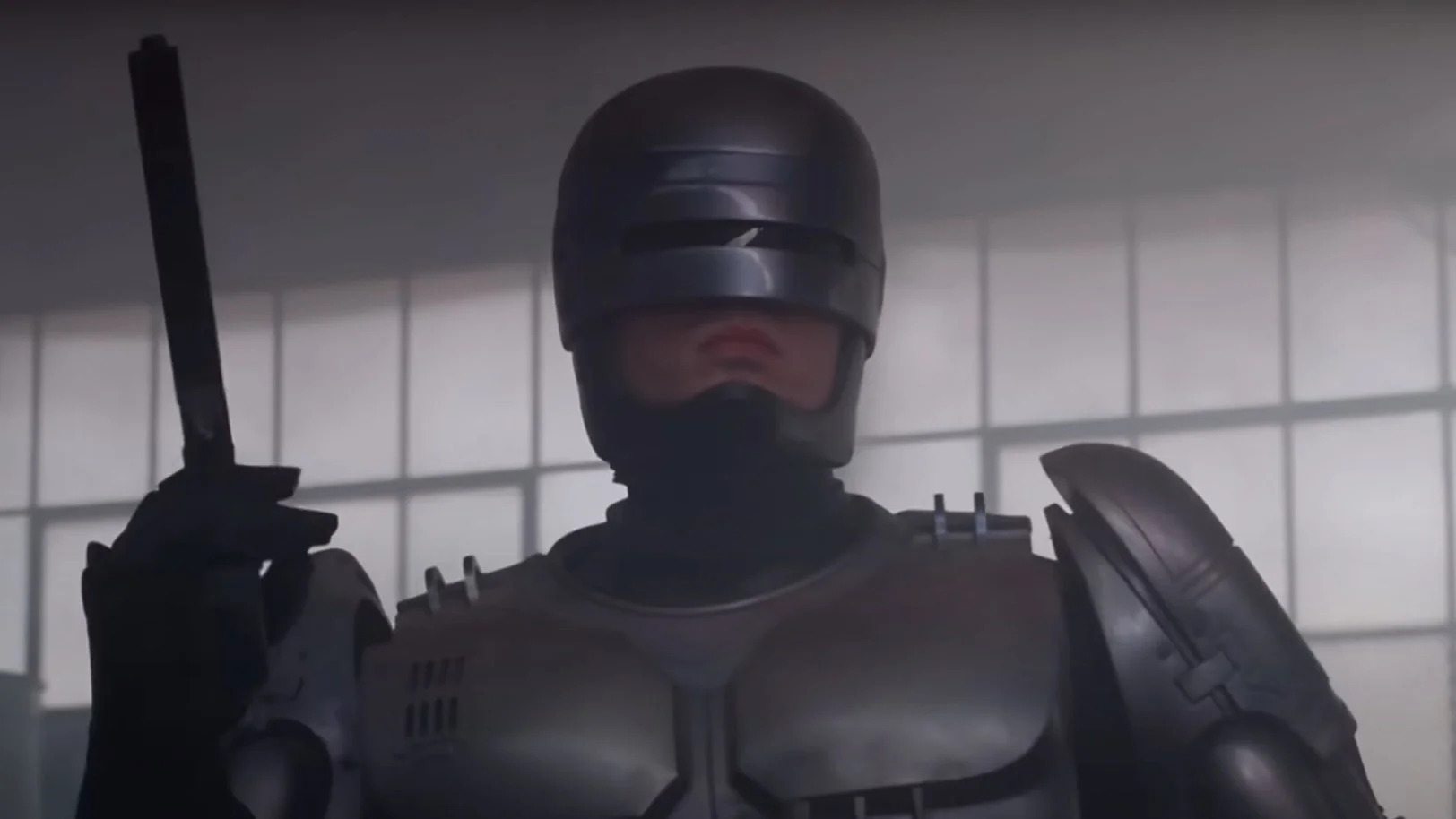Perfect Harmony: Why You Should Join A Barbershop Group
Image Source: The Virginians
Music is an important part of many people’s lives. Some are content with just turning on Spotify or putting on a record and listening to their favorite song or album. However, some take pride in being able to create the music themselves. These people often join bands, choirs, or other musical ensembles. Within this subset are people who focus on making music with just their voice. Even further within that community lies barbershop harmony groups.
Whether it’s just four guys or a chorus of over 60 people, the formula and draw remain the same: ringing four-part chords. As a member of the Richmond, Virginia chapter of the Barbershop Harmony Society (aka The Virginians), I invite you to take a journey with me as we explore the world of barbershop harmony.
RELATED:
Image Source: YouTube
What Is Barbershop?
Most are probably at least vaguely familiar with the concept of barbershop music, as it’s quite prevalent in pop culture. However, what exactly is this style of music really about? According to the Barbershop Harmony Society, barbershop harmony is defined as “a style of arranging in close, four part, a cappella harmony.” Barbershop is not limited to an era or even style of music, but it is defined by its harmonic qualities and sound. The melody is harmonized with passing tones and doubles, and each note “creates more harmonic movement by adding secondary dominant chord progressions.” In short, barbershop harmony is defined by close voicings and crunchy, ringing chords.
mage Source: Barbershop Harmony Society
Barbershop has its roots in African-American musical traditions. In the 1880s and 1890s, the black community harmonized popular songs of the day recreationally and improvised harmonies “according to long-standing African-American musical practice.” This sound became so popular that it attracted the attention of white professional quartets, who often were also minstrel performers. These white performers infused their own musical traditions, and this synthesis (and the limitations of recording equipment at the turn of the century) created the style and even stereotype of barbershop music.
As for the society itself, well, as printed on every BHS published piece of sheet music, “It all started with 26 men on a roof.” By the 1930s, singing and harmonizing were still popular pass times, but the traditional barbershop quartet was starting to go out of style. As a way to celebrate this art and keep it alive, Owen Clifton Cash hosted a song fest in Tulsa, Oklahoma on April 11th, 1938. Cash had no real formal plan for the meeting and actually only invited 14 singers to the Tulsa Club. However, 26 men “crashed” the party. They all sang on the rooftop garden for several hours, with several breaking off into quartets. A second meeting was held a week later on April 18th at Hotel Tulsa, and this time, 70 men showed up, showing that there may be some interest in the idea and potential for growth. Thus, the Society for The Preservation and Encouragement of Barber Shop Quartet Singing in America (SPEBSQSA), later branded as the Barbershop Harmony Society, was born.
Image Source: News-Press
Activity Within BHS
Let’s dive into what goes on within the society. At its basic level, each chapter of the BHS is a chorus. Membership was once limited to men alone, but starting in 2019, membership was opened to people of any gender. Chapters may still have men’s only ensembles, but there is most often a mixed ensemble for each chapter. These ensembles meet weekly and learn and rehearse new and old repertoire. Just like at the early meetings, during breaks, chorus members will often splinter off into quartets or other small groups and either sing “tags” (the end of a song that is often the most interesting part) or full songs. Sometimes, these informal quartets will become official quartets and perform on their own or with the chorus at chapter shows.
A huge part of this community is going to conventions and competing against other ensembles. Both choirs and quartets compete at these conventions. These conventions have three levels: division, district, and international. Quartets and choruses are scored on the following: singing, musicality, and performance. Though these events are competitive, there is still plenty of fun to be had in singing with others in between sessions and also just seeing these great groups perform. At district and international conventions, there are often other sessions and workshops that attendees can attend covering a range of topics.
Image Source: News-Press
Being a barbershopper is an experience like no other. My first real exposure to barbershop music was probably in 2018 when I sang in a barbershop quartet as part of my Vocal Chamber class. Diving deeper into the art form, I became enamored with it and the culture surrounding it. The following year, I went to the American Choral Directors Association’s national conference, and I encountered a booth for BHS. I went up to it and expressed my admiration for the barbershop singing style. They invited me to their reception that night, and after the performances of the Westminster Chorus and the Central Standard Chorus, I slipped off to the reception and was hooked. Getting to sing tags with absolute strangers already gave me an indication of the community surrounding this art.
I joined The Virginians that same year. Fresh out of music school and filled with a passion for singing, I’ll admit that it took a bit of getting used to singing a less “classical” style again. However, I soon fell in love with it. There’s just something so unique about making chords ring with like-minded singers. The community and camaraderie felt during these meetings make being a member of the society worth it. Barbershop singing has a rich history, and I’m proud to say that I’m at least a small part of it. In addition to performing with The Virginians and in two chapter quartets, I had the opportunity to bring this experience to Kings Dominion with their Kris Kringles barbershop quartet during their Winterfest event.
Image Source: CultureSlate
I’ve been able to share this music with several audiences either as a member of a quartet or as a member of The Virginians Chorus, and seeing the smiles on each audience member’s face is worth all the hours of rehearsal. At the end of the day, we don’t just sing to make us happy but to make others happy as well. Behind all of the competition and rigorous practice, singing barbershop is just fun! So what are you waiting for? Find a chorus in your area, or just get three other people with you, and sing a song and ring a song! After all, as long as we’re singing, everything is alright. Let’s keep the whole world singing, and keep the melody ringing in your heart.
READ NEXT:


















